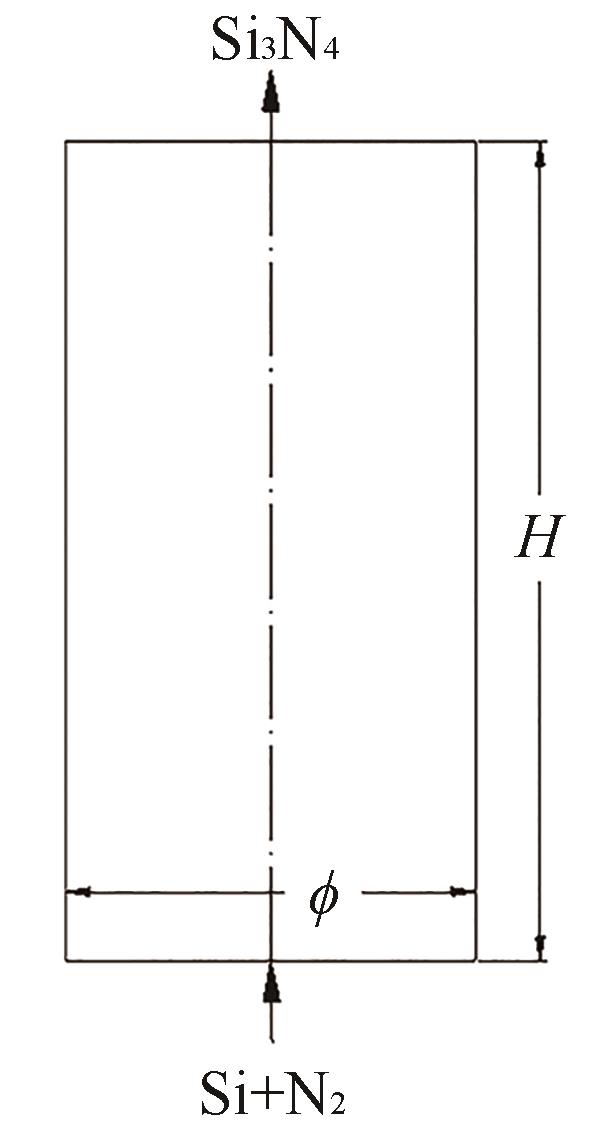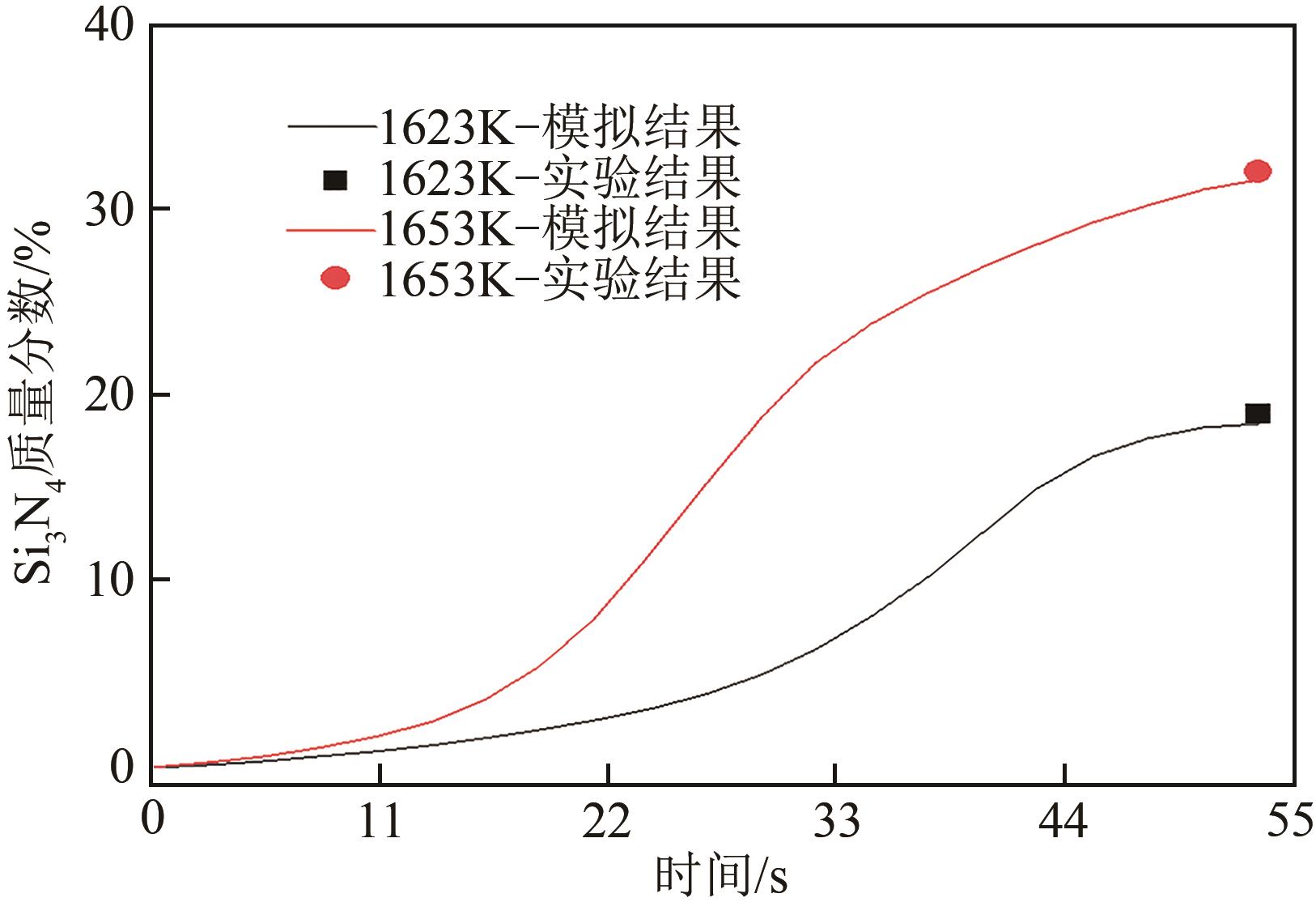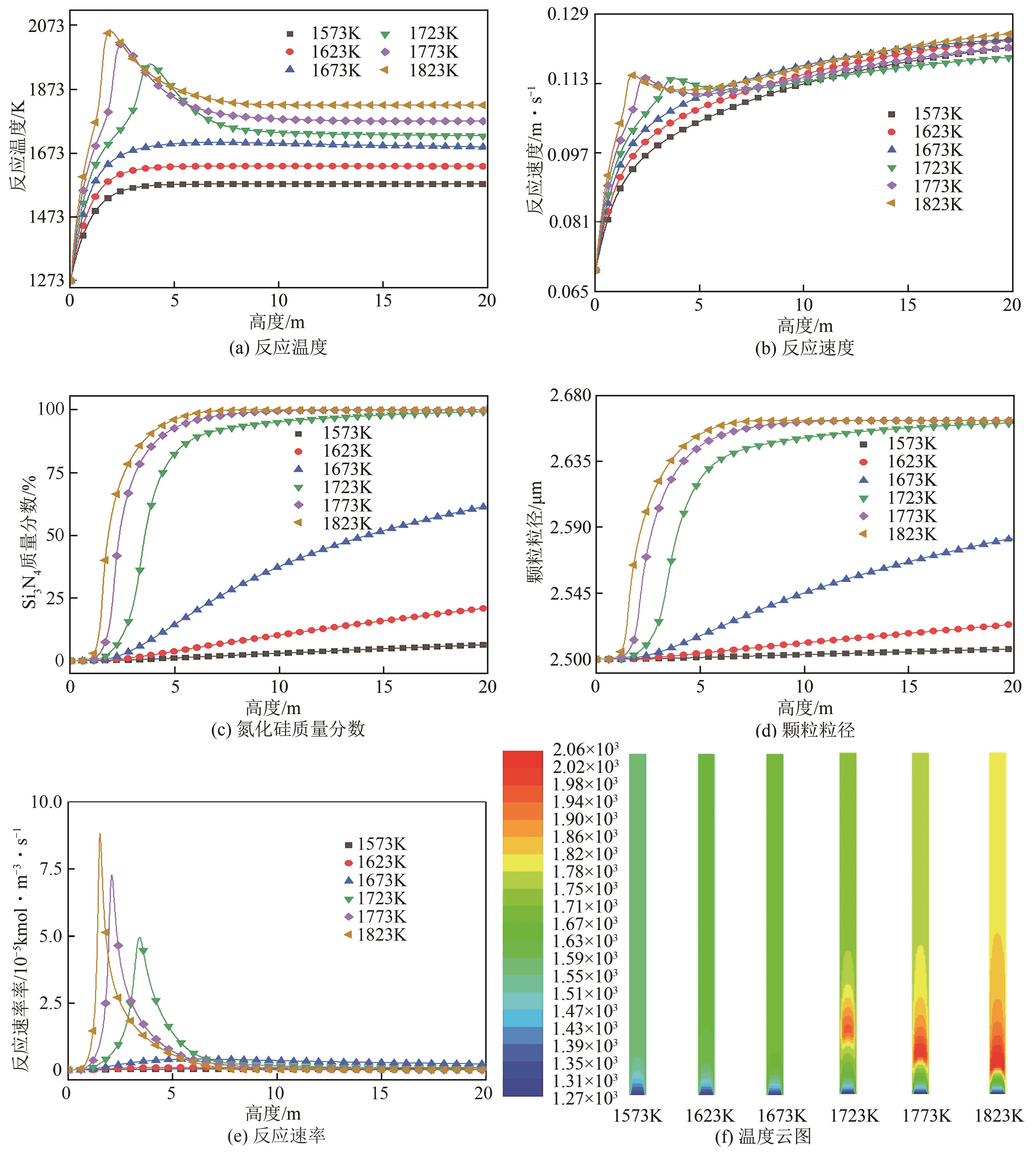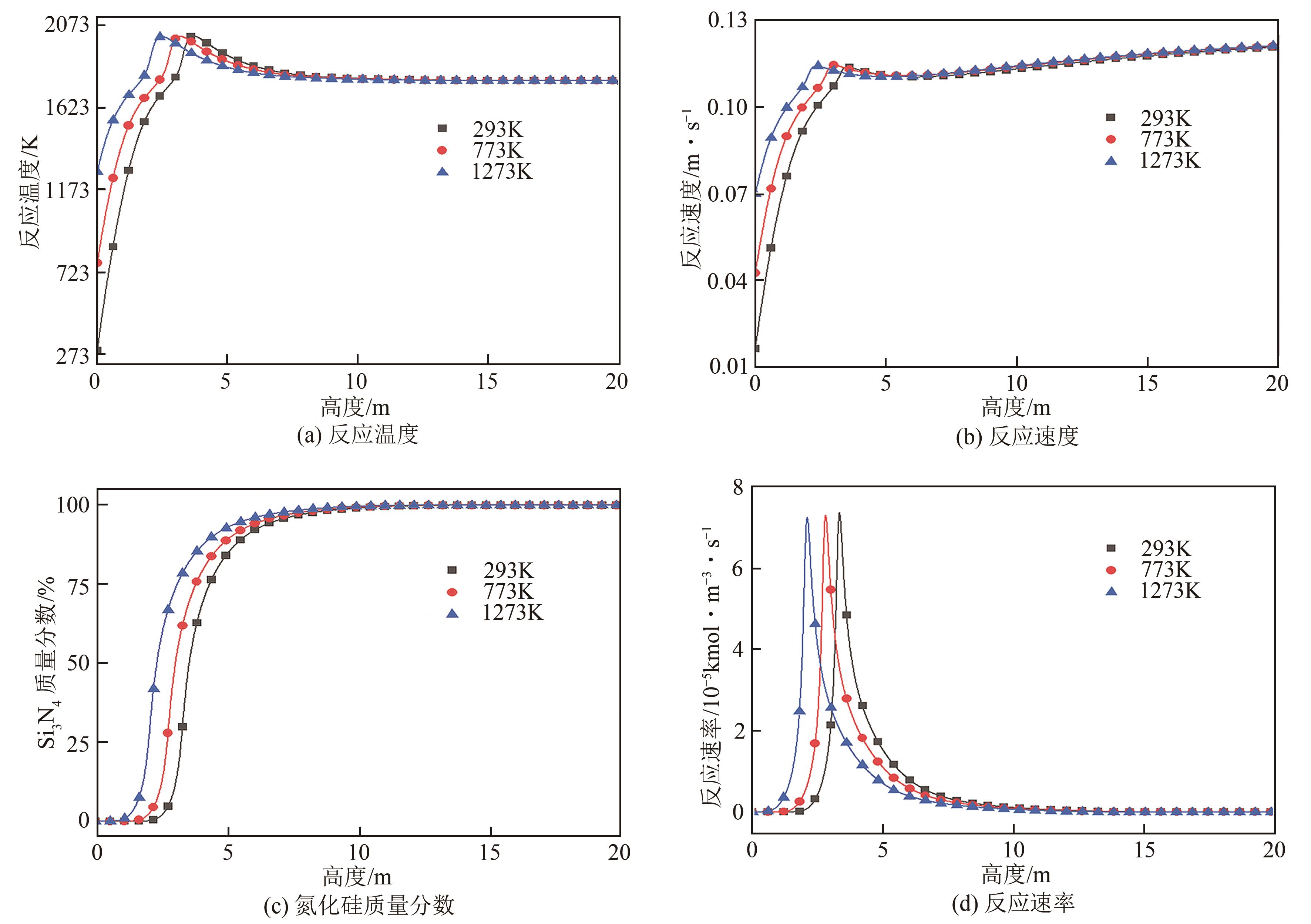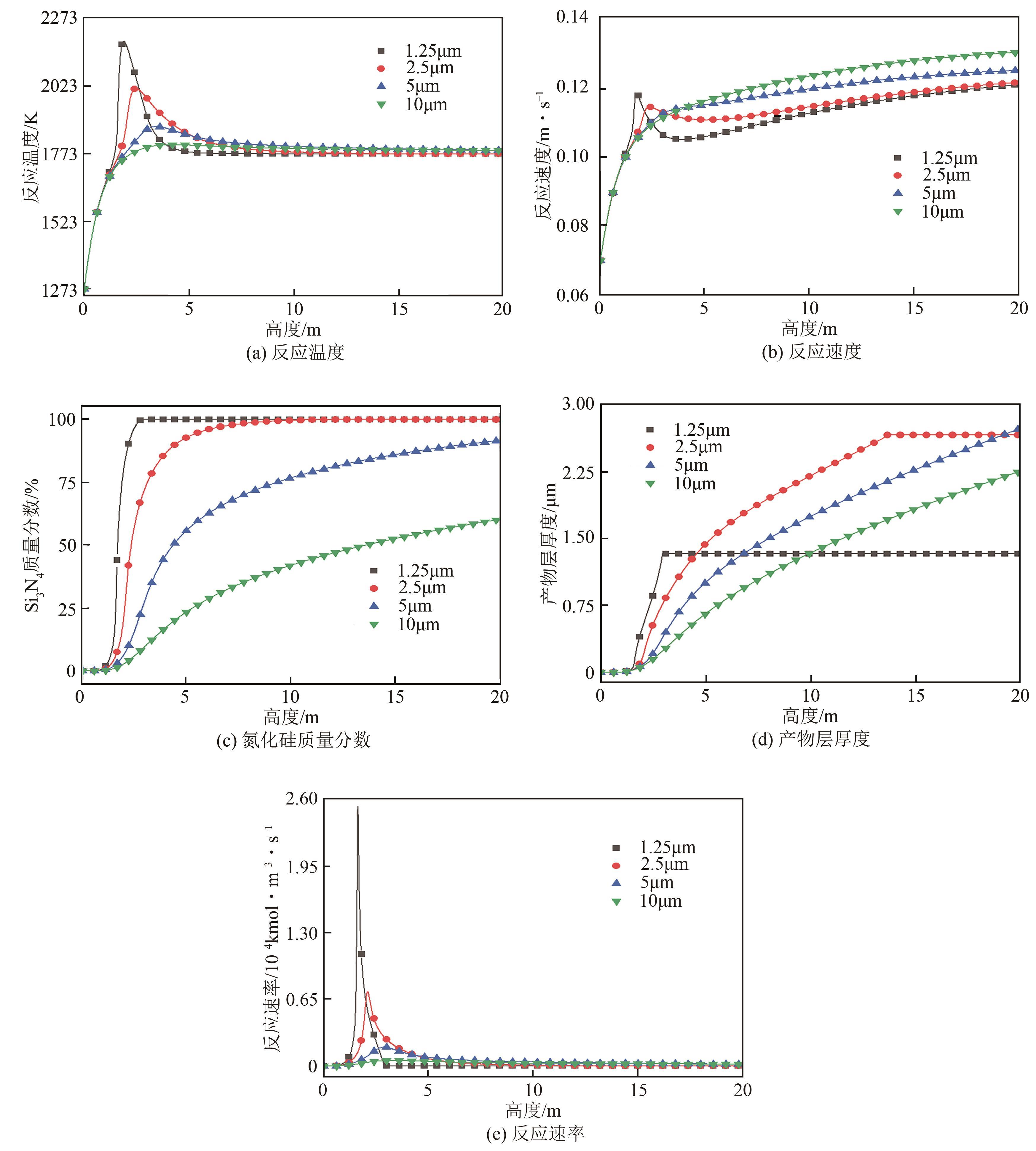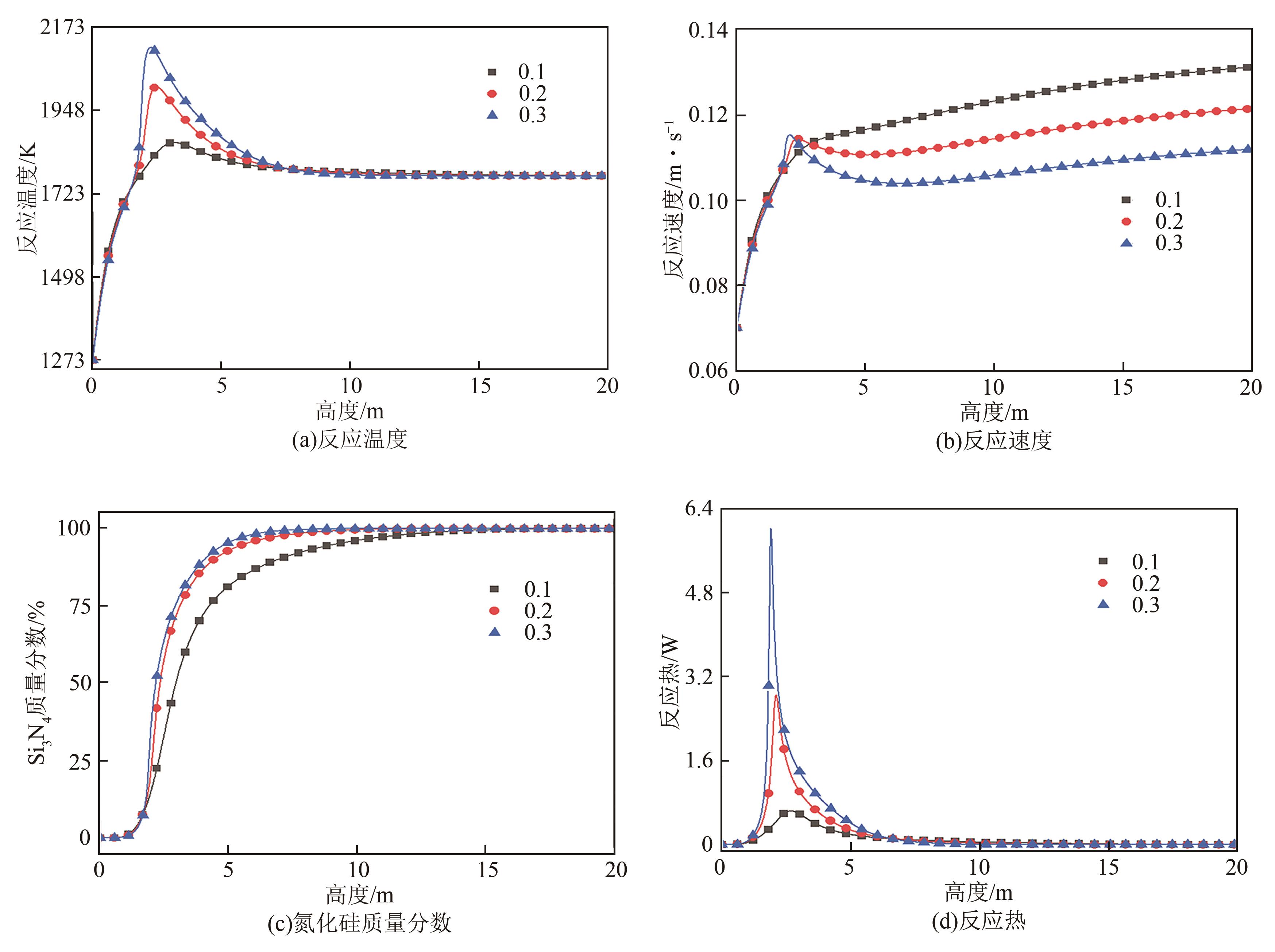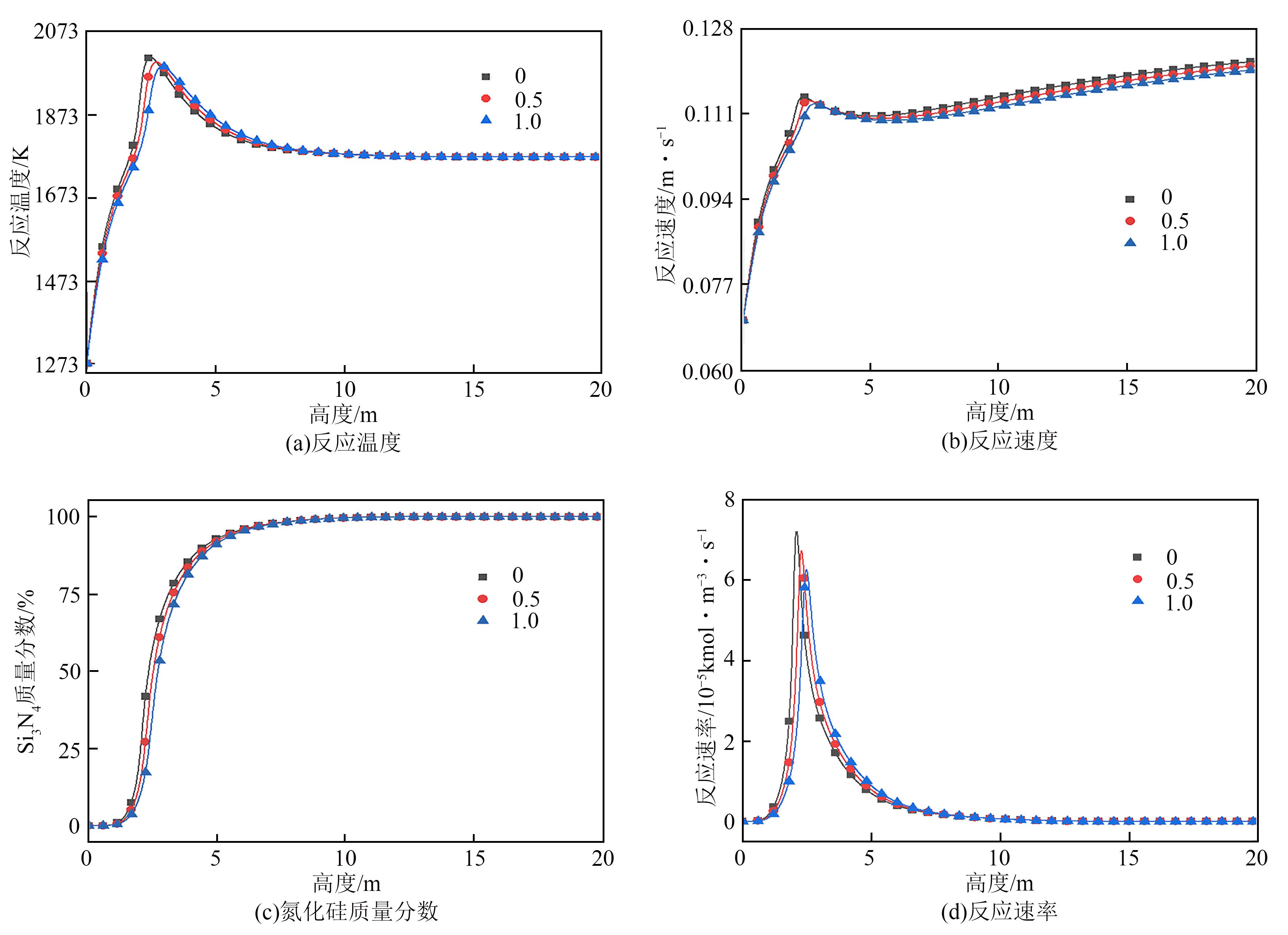| 1 |
肖汉宁, 高朋召. 高性能结构陶瓷及其应用[M]. 北京: 化学工业出版社, 2006: 189.
|
|
XIAO Hanning, GAO Pengzhao. High performance structural ceramics and applications[M]. Beijing: Chemical Industry Press, 2006: 189.
|
| 2 |
RILEY F L. Silicon nitride and related materials[J]. Journal of the American Ceramic Society, 2004, 83(2): 245-265.
|
| 3 |
ZHOU Y, HYUGA H, KUSANO D, et al. Development of high-thermal-conductivity silicon nitride ceramics[J]. Journal of Asian Ceramic Societies, 2015, 3(3): 221-229.
|
| 4 |
GU Y J, LU L L, ZHANG H J, et al. Nitridation of silicon powders catalyzed by cobalt nanoparticles[J]. Journal of the American Ceramic Society, 2015, 98(6): 1762-1768.
|
| 5 |
TOPATEŞ G. Direct production of Si3N4 foams by carbothermal reduction and nitridation of SiO2 [J]. Ceramics International, 2018, 44(16): 20545-20550.
|
| 6 |
YANG J H, HAN L S, CHEN Y X, et al. Effects of pelletization of reactants and diluents on the combustion synthesis of Si3N4 powder[J]. Journal of Alloys and Compounds, 2012, 511(1): 81-84.
|
| 7 |
雷超, 李克峰, 王健, 等. LDH催化制备单晶α-Si3N4纳米线研究[J]. 化工学报, 2018, 69(10): 4471-4478.
|
|
LEI Chao, LI Kefeng, WANG Jian, et al. Catalytic preparation of α-silicon nitride single-crystalline nanowires by layered double hydroxides[J]. CIESC Journal, 2018, 69(10): 4471-4478.
|
| 8 |
FUKUOKA H, SHIMIZU M, OCHIAI H, et al. Preparation of silicon nitride powder by partially nitriding in a fluidized bed and then completing nitridation in a moving bed: US5232677 A[P]. 1993-08-03.
|
| 9 |
LIU Y D, KIMURA S. Fluidized-bed nitridation of fine silicon powder[J]. Powder Technology, 1999, 106(3): 160-167.
|
| 10 |
王立, 尹少武, 董继昌, 等.基于流态化技术常压连续合成氮化硅粉末的方法: CN1792774[P]. 2006-06-28.
|
|
WANG Li, YIN Shaowu, DONG Jichang, et al. Continuous synthesis method of silicon nitride powder at normal pressure based on fluidization technology: CN1792774[P]. 2006-06-28.
|
| 11 |
尹少武, 王立, 刘传平, 等. 硅粉常压直接氮化制备氮化硅粉的研究[J]. 硅酸盐通报, 2008, 27(2): 230-235.
|
|
YIN Shaowu, WANG Li, LIU Chuanping, et al. The study on the preparation of silicon nitride powders by direct nitridation at normal pressure[J]. Bulletin of the Chinese Ceramic Society, 2008, 27(2): 230-235.
|
| 12 |
YANG F M, WANG L, YIN S W, et al. Experimental study on the entrainment characteristics of ultrafine powder in a fluidized bed with vibrator and agitator[J]. Industrial & Engineering Chemistry Research, 2013, 52(3): 1359-1364.
|
| 13 |
ZHENG X L, YIN S W, DING Y L, et al. Experimental study on high concentration entrainment of ultrafine powder[J]. Powder Technology, 2019, 344(15): 133-139.
|
| 14 |
尹少武, 王立, 孙淑凤, 等. 悬浮床氮化硅合成热过程的实验研究与数值模拟[J]. 北京科技大学学报, 2008, 30(10): 1169-1173, 1193.
|
|
YIN Shaowu, WANG Li, SUN Shufeng, et al. Experiment research and numerical simulation of thermal process in a suspended bed for Si3N4 synthesis[J]. Journal of University of Science and Technology Beijing, 2008, 30(10): 1169-1173, 1193.
|
| 15 |
陈锦, 杨晶, 尹少武, 等. 基于CFX软件的氮化硅反应炉内热过程的数值模拟[J]. 北京科技大学学报, 2005, 27(6): 710-715.
|
|
CHEN Jin, YANG Jing, YIN Shaowu, et al. Numerical simulation on thermal process in an Si3N4-reaction furnace with CFX[J]. Journal of University of Science and Technology Beijing, 2005, 27(6): 710-715.
|
| 16 |
GIDASPOW D. Multiphase flow and fluidization: continuum and kinetic theory description[M]. New York: Academic Press,1994.
|
| 17 |
张月梅, 黄国强, 苏国良. 导向管喷动流化床内宽筛分硅颗粒流化特性的实验及模拟[J]. 化工进展, 2017, 36(7): 2381-2392.
|
|
ZHANG Yuemei, HUANG Guoqiang, SU Guoliang. Experiment and simulation on the flow characteristics of silicon particles with a wide size distribution in draft tube spout-fluid bed[J]. Chemical Industry and Engineering Progress, 2017, 36(7): 2381-2392.
|
| 18 |
陶文铨. 数值传热学[M]. 2版. 西安: 西安交通大学出版社,2001.
|
|
TAO Wenquan. Numerical heat transfer[M]. 2nd Ed. Xi’an: Xi’an Jiaotong University Press, 2001.
|
| 19 |
金涌. 流态化工程原理[M]. 北京: 清华大学出版社, 2001.
|
|
JIN Yong. Fluidization engineering principles[M]. Beijing: Tsinghua University Press, 2001.
|
| 20 |
JOVANOVIC Z R. Kinetic study on the production of silicon nitride by direct nitridation of silicon in a fluidized bed: experiment and modeling[D]. America: Oregon State University, 1995.
|
| 21 |
段生朝, 麻建军, 郭汉杰, 等. 硅粉直接氮化反应热力学分析及动力学机理研究[J]. 有色金属科学与工程, 2016, 7(4): 14-21.
|
|
DUAN Shengchao, MA Jianjun, GUO Hanjie, et al. Thermodynamic analysis and kinetics mechanism for direct nitridation reaction[J]. Nonferrous Metals Science and Engineering, 2016, 7(4): 14-21.
|
 ), ZHANG Chao1, KANG Peng1, HAN Jiawei1, WANG Li1,2
), ZHANG Chao1, KANG Peng1, HAN Jiawei1, WANG Li1,2
 ), 张朝1, 康鹏1, 韩嘉维1, 王立1,2
), 张朝1, 康鹏1, 韩嘉维1, 王立1,2
